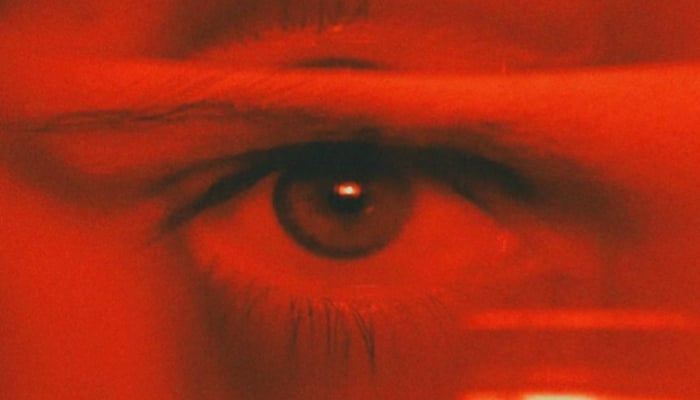Why trendy red light therapy not getting green signal from experts
Research on red light therapy and sleep is limited, with most studies small in size and showing mixed results
June 23, 2023

Red light therapy is a treatment that has been found to be effective for skin health, wound healing, hair growth among people with alopecia, and pain management. However, while some have claimed that it's also useful for sleep, research and experts tell a different story.
Circadian rhythms respond to light as a signal to be awake and to dark as a signal to fall asleep. Light has many different wavelengths, and the most important thing that influences and trains our circadian rhythms to 24 hours a day is light.
We're most sensitive to blue-wavelength light, which is emitted from phone, TV, and laptop screens, as well as the sun, and it's the light that suppresses the release of the sleep hormone melatonin. During the day, it's important to be exposed to good sunlight to suppress melatonin, but at night, it's best to avoid blue light to promote healthy sleep.
Research on red light therapy and sleep is limited, with most studies small in size and showing mixed results. While some studies have found that red light therapy can improve sleep quality and melatonin levels, others have found that it can actually alert the brain and induce alertness.
For example, a 2019 study led by Mariana Figueiro found that delivering red light to closed eyes during sleep and to open eyes upon waking did not reduce sleep inertia among 30 adults. Sleep inertia is a circadian process that modulates memory, mood, reaction time, and alertness upon waking.
Overall, while there is some evidence supporting the use of red light therapy for sleep, more research is needed to fully understand its effects. It is also important to note that, as with any sleep "hack," there may be individual differences in how people respond to red light therapy.
Red light doesn't necessarily promote sleep, but it may minimize disruption to the circadian system by replacing bright or blue light before sleep.
Red light is less disruptive than other types of light, but it doesn't affect the circadian system or melatonin levels. Instead, it may affect other parts of the brain, such as the visual system or the amygdala. While more research is needed to fully understand the effects of red light therapy on sleep, it is clear that sleep is a complex process that involves many factors beyond just light exposure.
To improve sleep, experts recommend maintaining a consistent sleep schedule, limiting exposure to screens before bed, and creating a sleep-conducive environment that is cool, dark, and quiet











